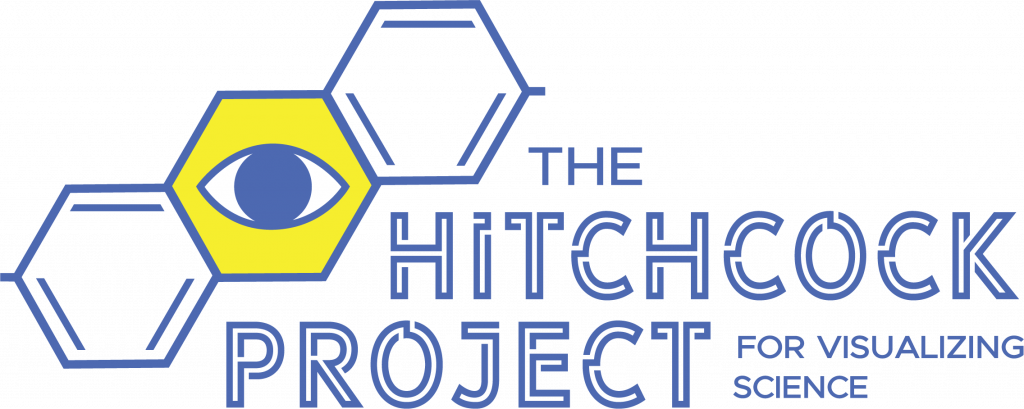Electromagnetic Music: Guitar Pickups Explained

When you plug a guitar into an amp, what actually happens inside that strange black box to broadcast and distort the sound? In this animated short, Stone Suess demonstrates how the same law of electromagnetism that explains how wind turbines can generate electricity can also explain groovy sonic pickups!
Reading Fiction Can Make You Kinder And More Accepting

Though reading fiction is broadly understood to be something people do to escape from the “real world,” studies have shown that it can foster benevolent social behaviors — and there might be an evolutionary reason for this.
Life Finds a Way: How Scientists Could Revive Extinct Animals
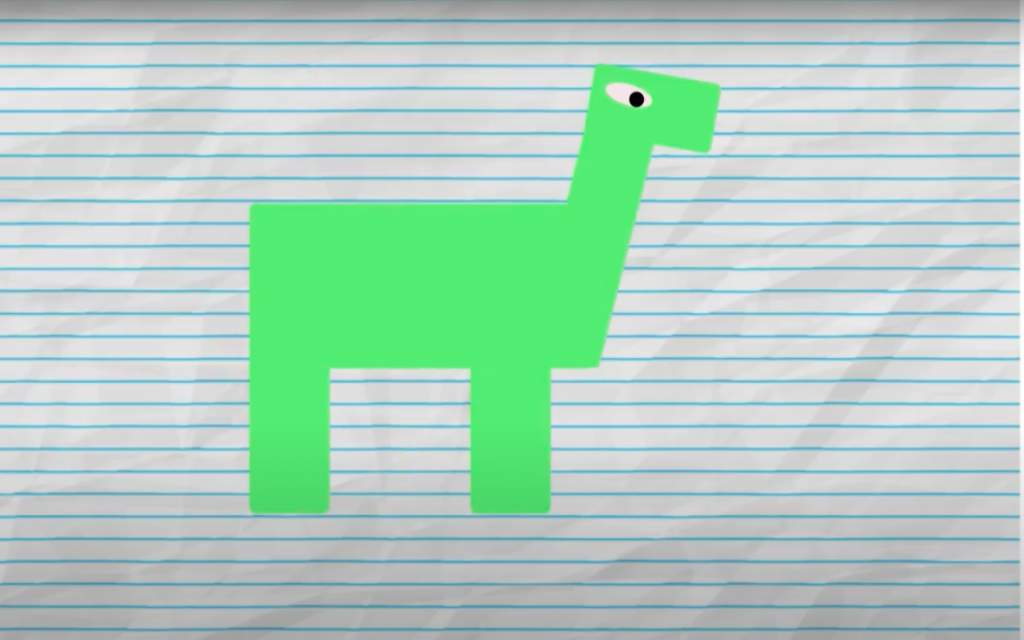
Bringing back the wooly mammoth? It’s not just fodder for speculative fiction! In this animated short, Luis Martinez walks us through the theoretical process of restoring an extinct species with the scattered remains of its genetic material.
The Unique Biology Of The Panda From Pixar’s ‘Turning Red’
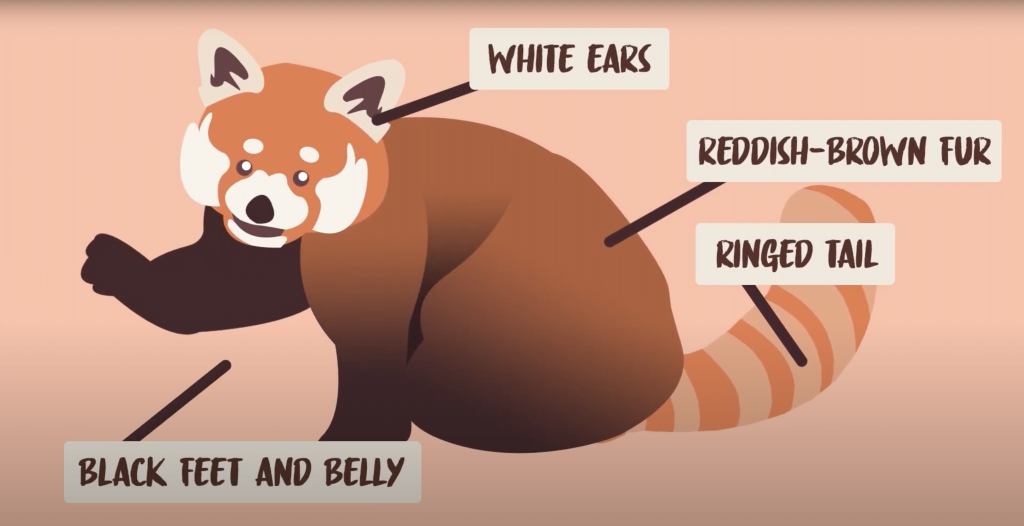
Red pandas were actually called “pandas” long before their more popular black-and-white cousins. But they aren’t actually closely related to pandas.
Why Are Men More Likely To Be Colorblind?
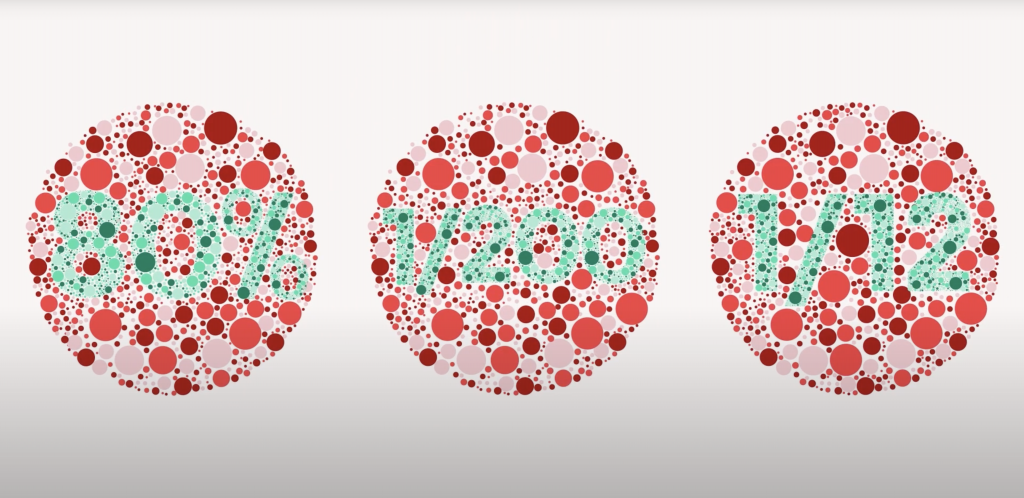
Approximately 300 million people worldwide are unable to see the complete color spectrum, and there’s a genetic reason for that.
Understanding Dyslexia And Assistive Technology
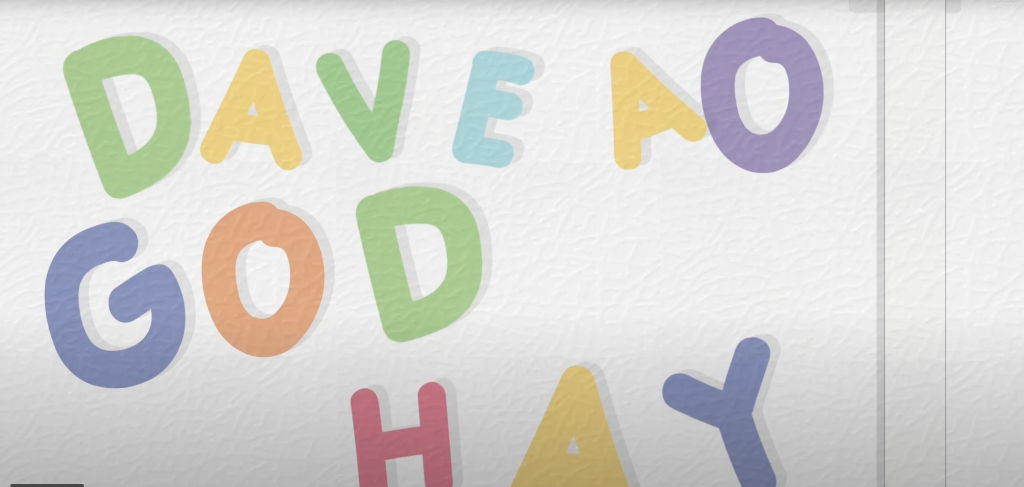
Dyslexia is a learning disorder that affects the parts of the brain that process language. In this animated short, see how reporter has learned to thrive with the condition.
Nightmares: Terror, Triggers, And Treatments
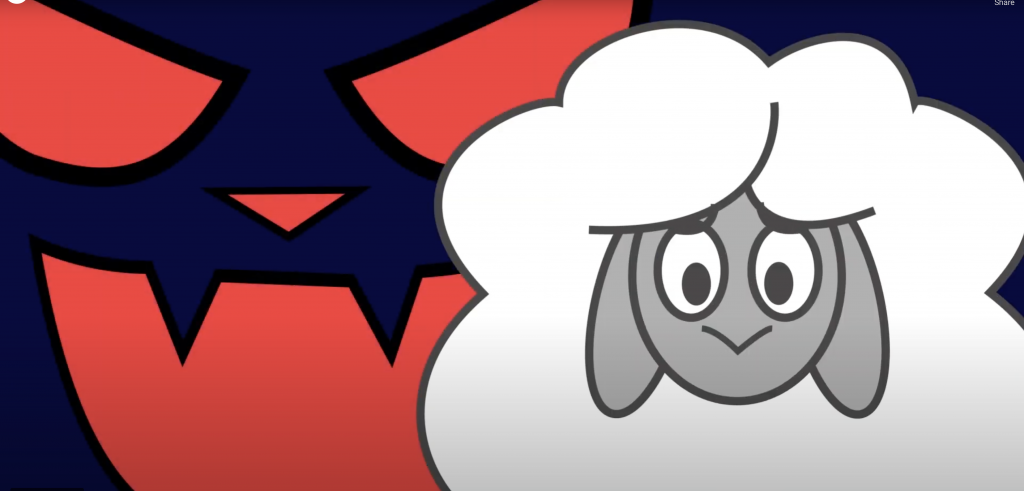
A nightmare is the only type of dream that can actually wake you up — often in a cold sweat, or with a pounding heart. What causes them and what can you do?
Dementia and Alzheimer’s: What’s the Difference?
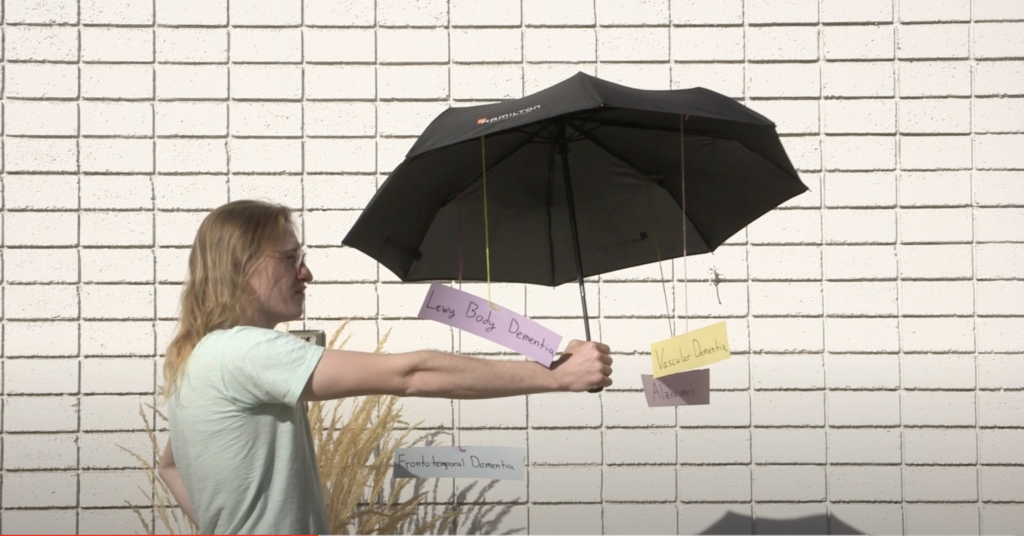
Did you know that dementia isn’t actually a disease in and of itself? It’s actually a set of symptoms that can be caused by many different diseases. Here’s what to know and what you can do.
‘Asian Glow’ Is The Body’s Warning To Avoid Alcohol
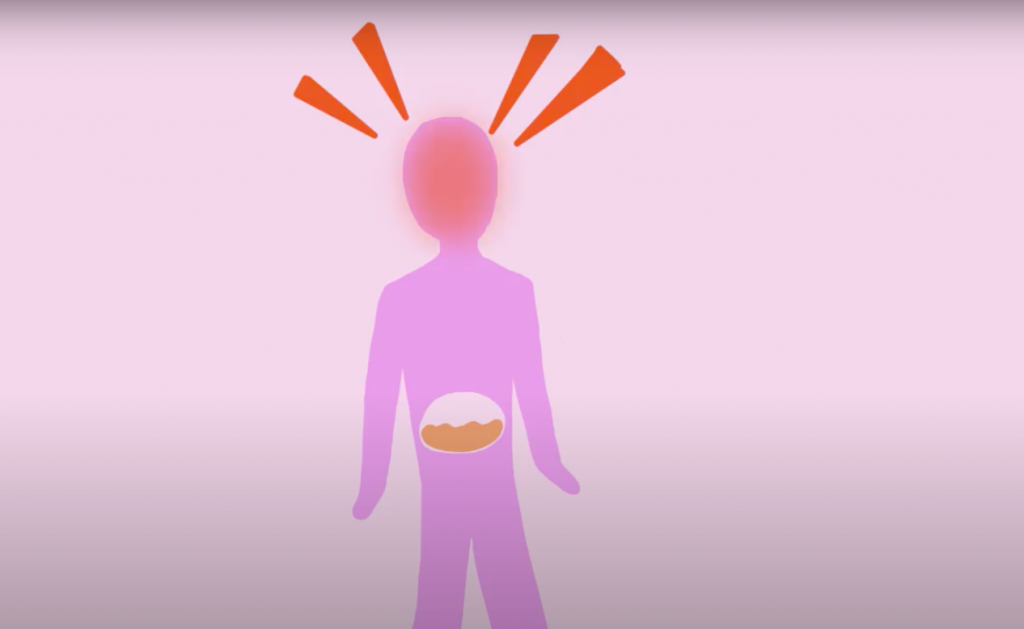
Those have the “Alcohol Flush Reaction” gene may notice their face turns a bright red hue after drinking alcohol. In this short animation, Joffea Burgos demonstrates how this symptom is triggered and “toasts” its purpose to warn individuals with this condition that they are more prone to alcohol-related diseases.
How Do Large Desert Animals Find Water?
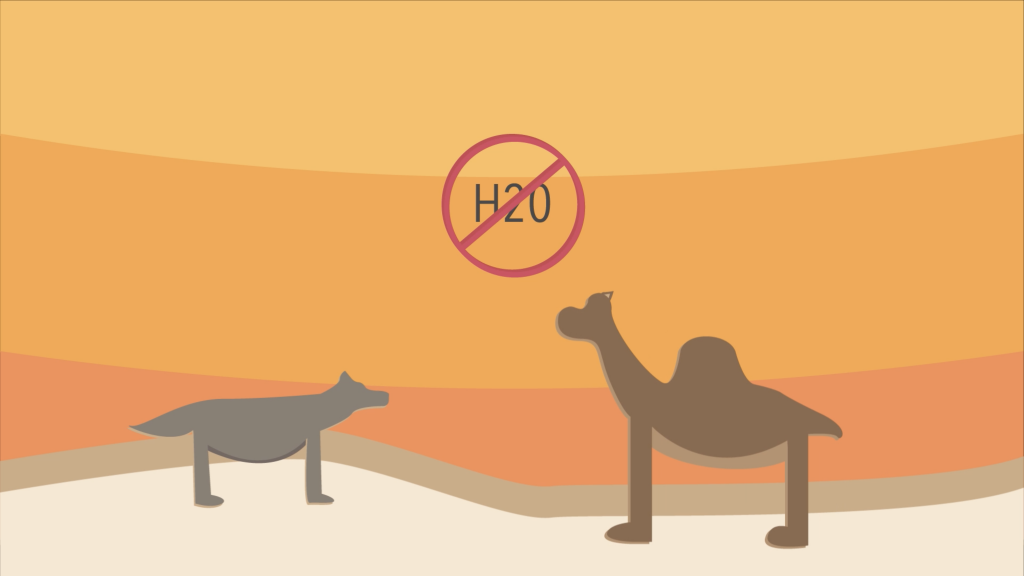
Large wildlife have a more difficult time keeping cool and hydrated, and have adapted differently to survive in arid ecosystems. From coyotes to tortoises to camels, Owen Megura explains some unique survival tactics large animals have evolved in the harsh conditions of their desert habitat in this short animation.


